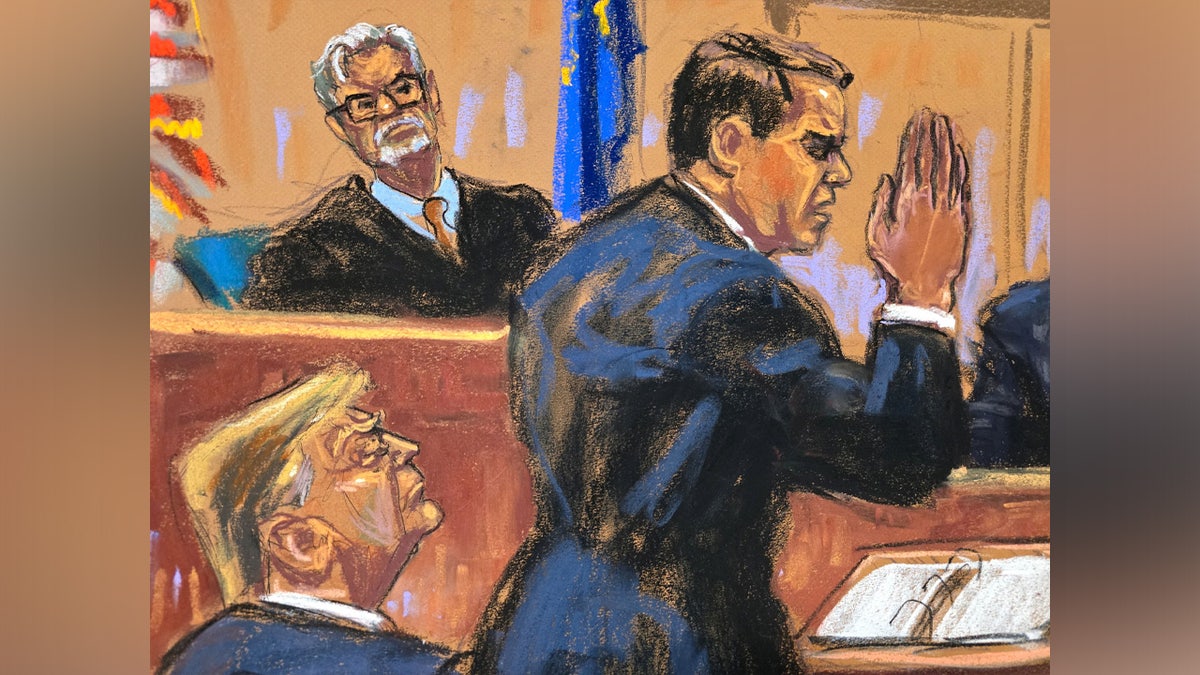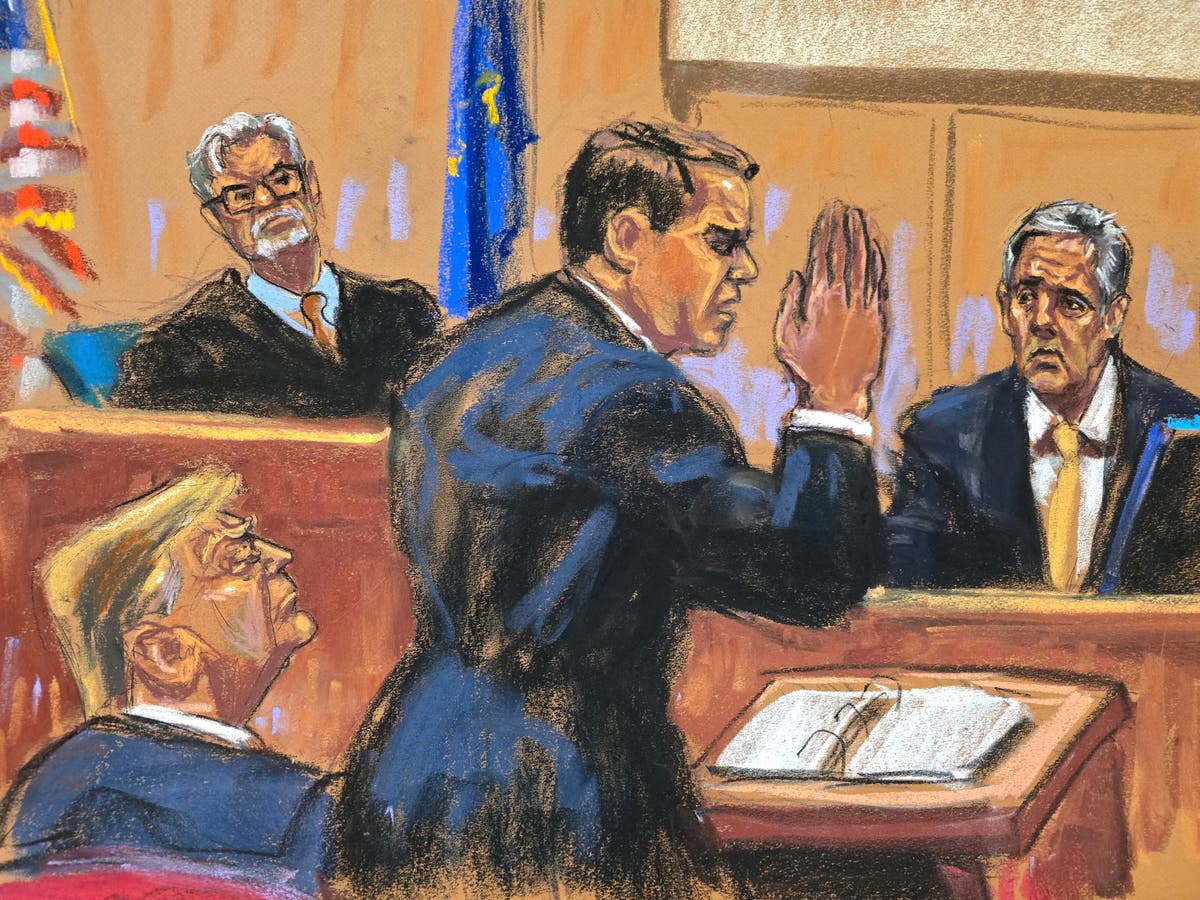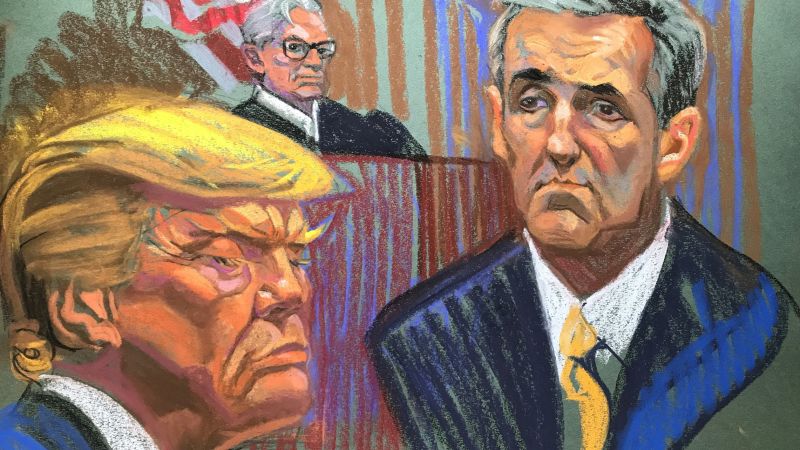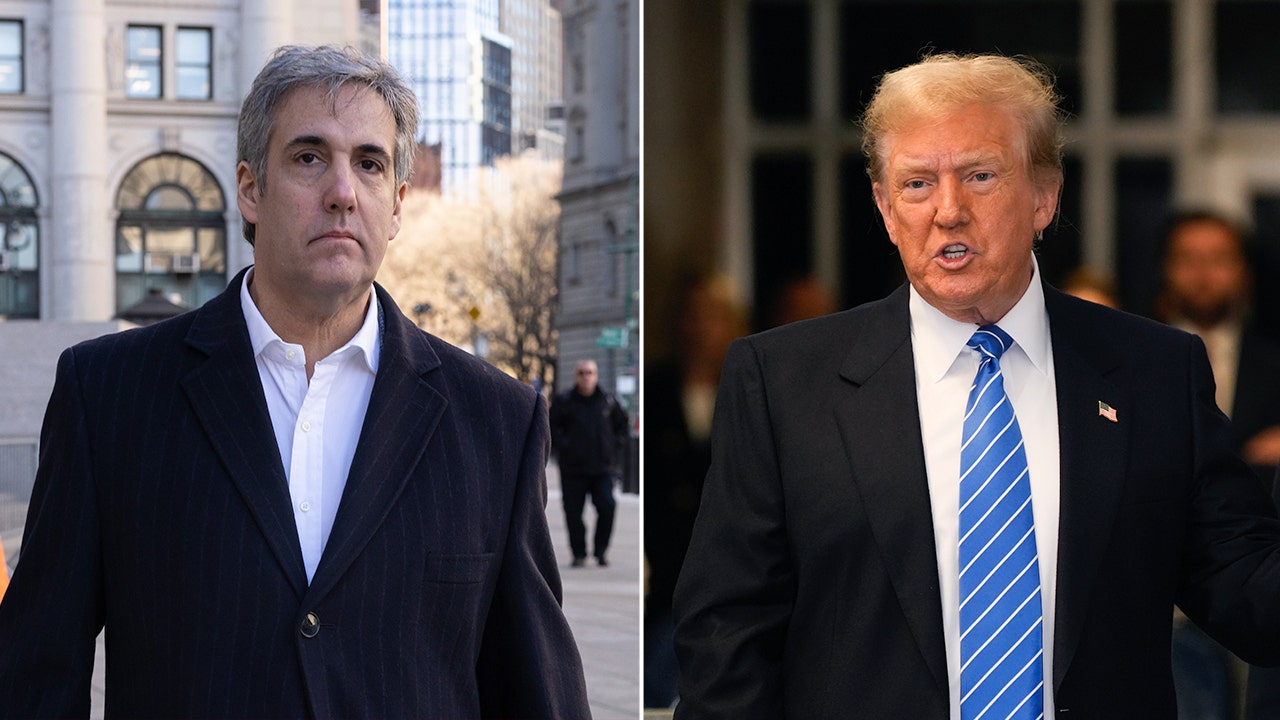
Former President Donald Trump is currently on trial in Manhattan for allegedly falsifying business records related to hush money payments made during his 2016 presidential campaign. The case, brought by the Manhattan District Attorney's Office, centers around a payment of $130,000 made to Stormy Daniels by Michael Cohen in October 2016 to secure her silence about an alleged tryst with Trump. The trial began on March 28 and is expected to continue into April.
On Saturday, May 19, a group of New Yorkers waited overnight outside the Manhattan Criminal Courthouse in hopes of securing one of the limited public seats available for each day's proceedings. Approximately 60 members of the press and one row of seats in the main courtroom are reserved for public attendance each day, with an overflow room available for additional viewers via video feed.
According to various sources, including ABC News and The New York Times, Cohen testified that he spoke to Trump and Keith Schiller about the hush money deal during a phone call on October 24, 2016. He also had multiple calls with David Pecker and Allen Weisselberg around the same time regarding the payment to Daniels. On October 25, Cohen testified that he spoke with Trump twice about setting up a way to pay Daniels off, and later transferred funds to her lawyer that day.
The non-disclosure agreement and side letter identifying 'Peggy Peterson' as Daniels and 'David Dennison' as Trump were signed on October 28, 2016. The falsification of business records in question is believed to have been an attempt to conceal the nature of these payments from the public and potentially from election finance regulators.
The defense team for Trump has cross-examined Cohen extensively during the trial, with some reports suggesting that they have attempted to undermine his credibility. However, several witnesses and documents support the prosecution's claim that these payments were not legal fees as labeled in the business records.
It is important to note that this article does not draw any conclusions or make calls to action. The purpose is simply to provide a factual account of the ongoing trial based on available information from multiple sources.








